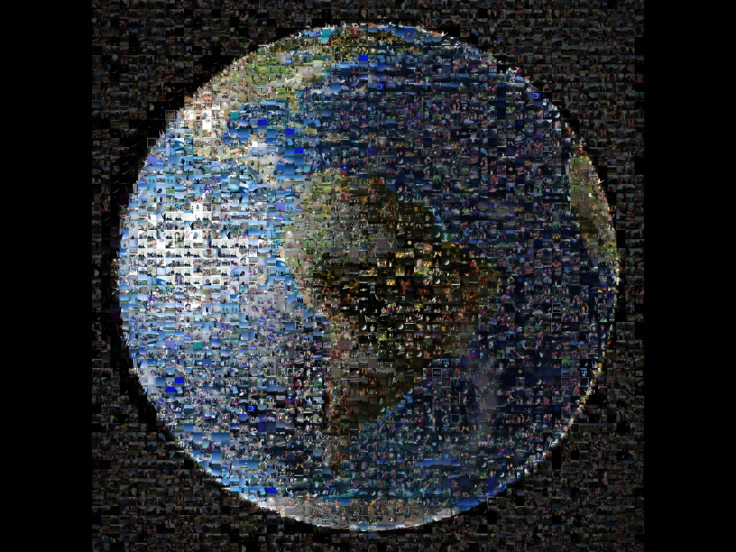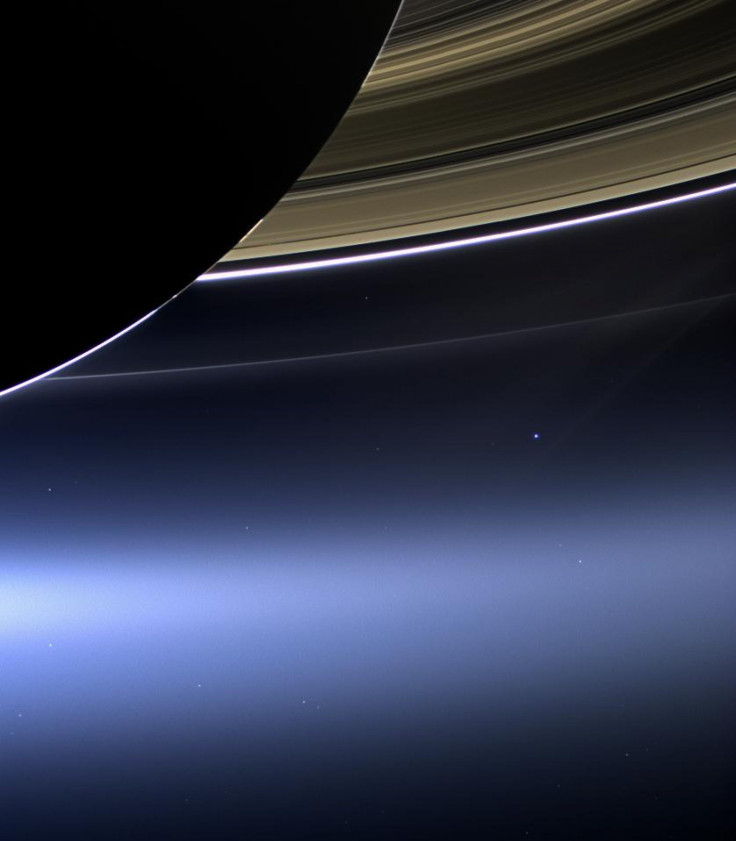NASA Releases ‘Wave At Saturn’ Collage Featuring 1,400 Photos From Around The World
NASA encouraged the world to “wave at Saturn” when its Cassini spacecraft was in position to capture an image of Earth as the spacecraft took photos of Saturn’s rings. The space agency received more than 1,400 images from 40 different countries as part of the campaign and, on Wednesday, released a collage of the images.

NASA’s Cassini spacecraft was in position to observe Saturn as it was backlit by the sun on July 19. The backlighting allowed the craft to take detailed photos of the planet’s rings and, based on its position, Earth was due to appear in several images. While the Cassini took photos of Earth from 900 million miles away, NASA set up the Wave at Saturn campaign to raise awareness about the unique event.
Linda Spilker, a Cassini project scientist from NASA’s Jet Propulsion Laboratory, thanked everyone for participating while saying it was the first time there was advanced notice of Earth’s portrait being taken from space.
“While Earth is too small in the images Cassini obtained to distinguish any individual human beings, the mission has put together this collage so that we can celebrate all your waving hands, uplifted paws, smiling faces and artwork” Spilker said in a statement.
In Cassini’s photo, Earth appears as a small blue dot. The new collage collects the submitted photos used to create a detailed image of Earth. While Cassini’s portrait of Earth got the most attention from NASA, the space agency’s craft orbiting around Mercury, the Messenger, was also in position to take a portrait of Earth.

NASA released the images the Cassini took of Earth, but that was just a small sample of the data collected by the spacecraft. The next step for NASA researchers is to compile all the images of Saturn to create a mosaic of the planet and its rings. NASA expects the project to be completed in the coming weeks.
© Copyright IBTimes 2024. All rights reserved.












